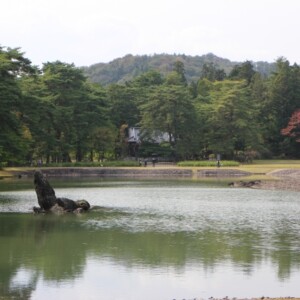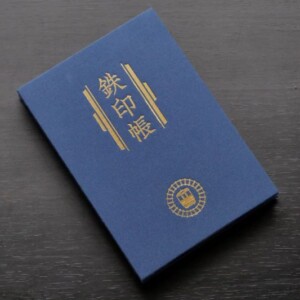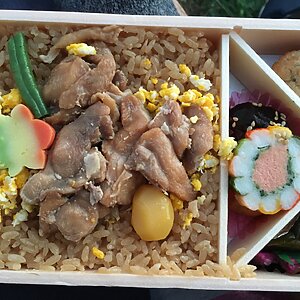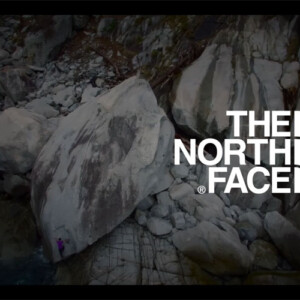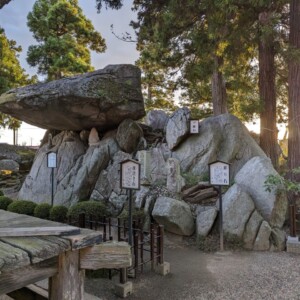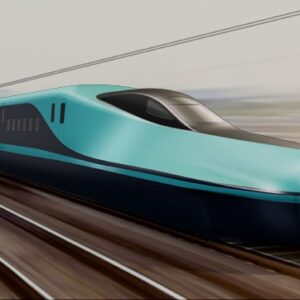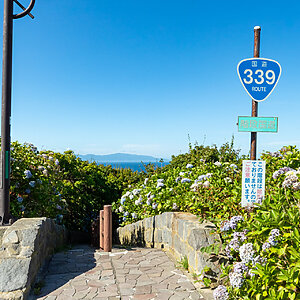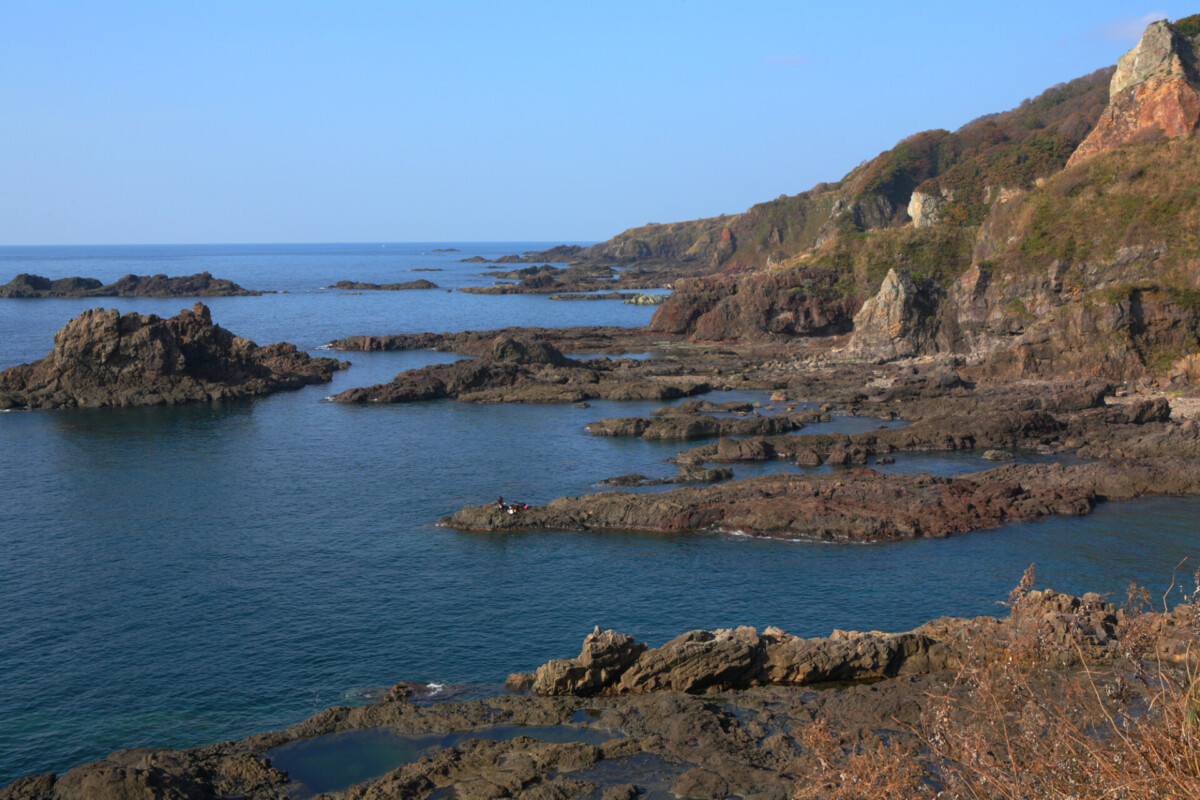
[Akita Prefecture, Oga Peninsula] Strange rocks on the west coast where ancient legends are passed down
table of contents
- 1 17 strange rock formations selected as one of Japan's 100 Scenes of Strange Rocks Plus
- 2 “Oni no Tawara Rolling” located at Nyudosaki, a representative tourist spot on the Oga Peninsula
- 3 Nyudozaki's "Shikaotoshi" rock used in stone-grilled dishes
- 4 “Osanbashi” is a stone bridge made by the power of nature.
- 5 Stage Island is a stage in the sky where legend has it that a dance was performed to welcome Emperor Wu of Han Dynasty.
- 6 A sightseeing boat that allows you to enjoy the strangely shaped rocks of the west coast from the sea.
Oga Peninsula's representative tourist attractions Godzilla Rock and the Great Pier , which are popular for their interesting shapes. It's a rock. Here, I would like to change my perspective a little and focus on the rocks where strangely shaped rocks are formed and feel the breath of the earth.
There are almost no sandy beaches on the western coastline of the Oga Peninsula. It is a rugged and rocky coast called a rocky coast or rocky shore. All the rocks on the coast look like some kind of mysterious shape.
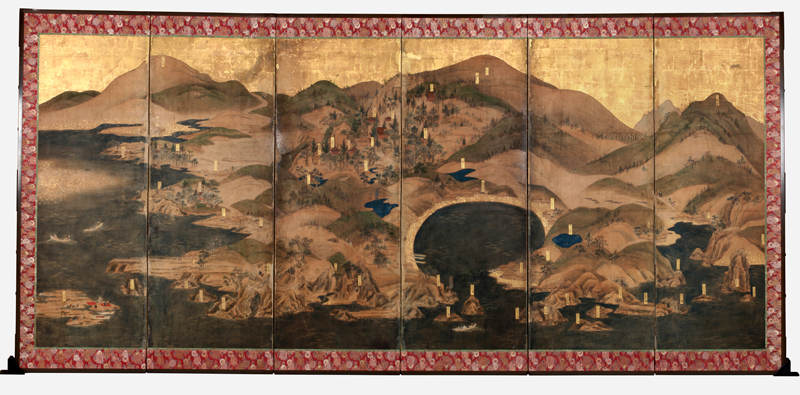
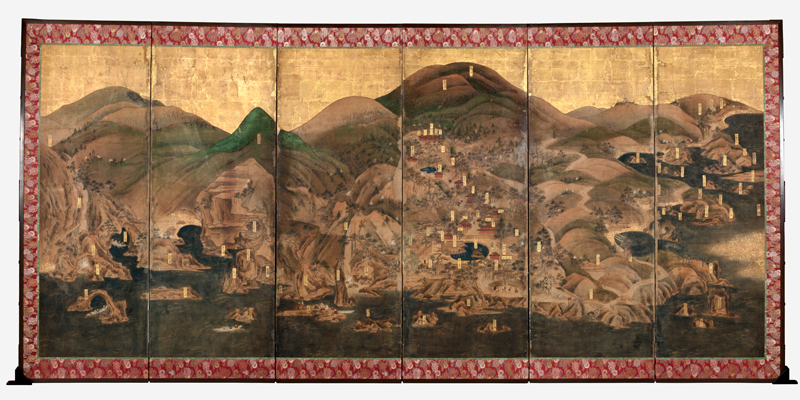
As depicted in "Oga-zu Byobu," there are almost no sandy beaches along the coastline on the west side of the Oga Peninsula. Moreover, all the rocks on the coast look like some kind of mysterious shape.
17 strange rock formations selected as one of Japan's 100 Scenes of Strange Rocks Plus
``Shishiotoshi'' on the west coast , `Oni no Tawara Rollogashi'' , ``Oni's Hidden Path'' , ``Sakurajima'' , ``Daisankyo'' , ``Butaijima'' , and ``Gamera'' on the south coast "Rock" , "Godzilla's Tail Rock" , "Godzilla Rock" , "Twin Rocks" , "Hokakejima , "Green Tough" , "Candle Rock" , "Tsubaki no Shira Rock" 17 of these sites are Japan 's 100 Strange Rocks Selection and Editorial Committee, including ``Oni no Washing Rock'', ` ` Azuki Iwa '' and ``Oni no Hidden Village'' , the only place in the mountains Selected as "Kei Plus" 124 strange rock formations nationwide have been selected for the ``Japan's 100 Scenes of Strange Rocks Plus'', but Akita Prefecture ranks first in terms of the number of strange rock formations, and Oga Peninsula is the only one in Akita Prefecture. The Oga Peninsula is truly Japan's best paradise for strangely shaped rocks.
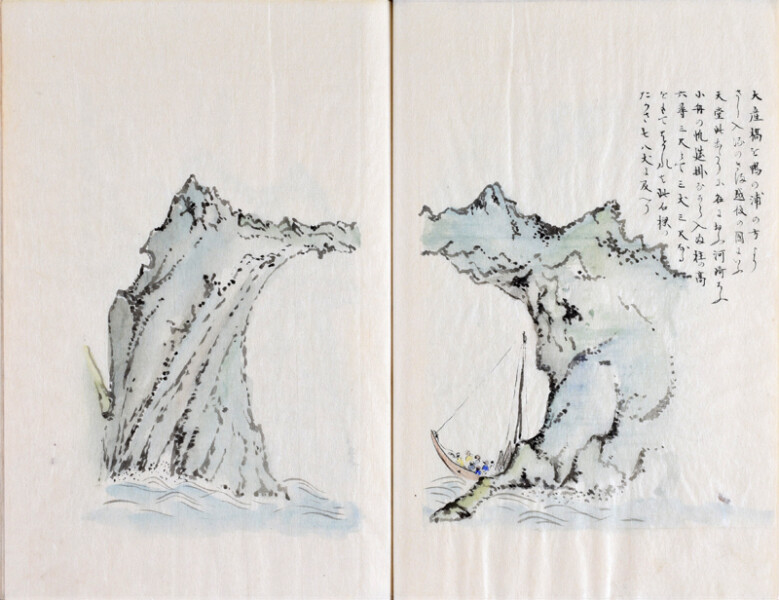
Here we would like to introduce you to some of the most representative rock formations on the west coast. Masumi Sugae, a travelogue from the Edo period also took a tour on a boat and left detailed illustrations of the ``Great Pier'' that left an impression on him.
“Oni no Tawara Rolling” located at Nyudosaki, a representative tourist spot on the Oga Peninsula

``Oni no Tawara Korogashi'' is a strange rock located at Cape Nagakute, a little south along the coast from Nyudozaki. A brown road runs toward the sea through the middle of a rocky area with pink rocks. It looks like the remains of a demon rolling rice bags.
is granite that solidified as magma slowly cooled deep underground about 90 million years ago , and is the oldest rock found on the Oga Peninsula. The dark rock on top of the pink rock is about 70 million years old volcanic breccia, which is magma that cooled rapidly and decomposed into small, sharp, angular rocks, which then stuck together again. Something that has become a big lump. basalt that is about 21 million years old and was formed when magma erupted and cooled.
At "Oni no Tawara Korogashi," you can witness a rare sight where you can see rocks from three eras at once, from when the Japanese archipelago was still part of the Eurasian continent.
Nyudozaki's "Shikaotoshi" rock used in stone-grilled dishes
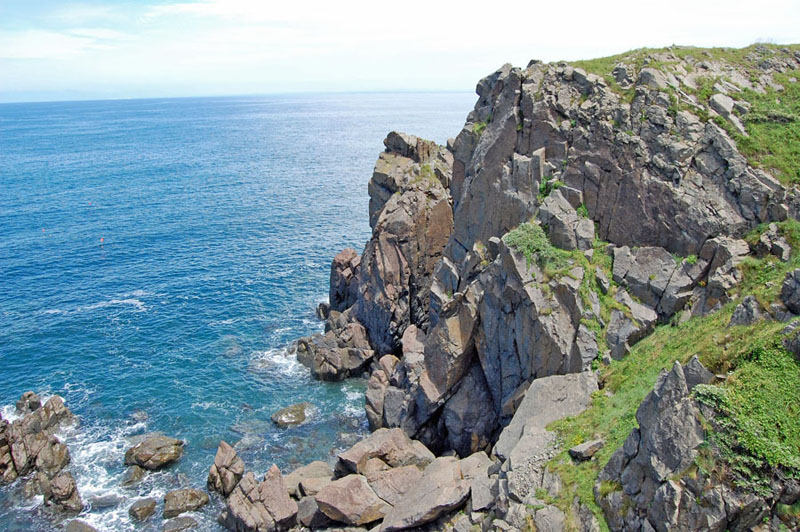
``Shikaotoshi' ' is a rocky area on a steep cliff on the east side of the Nyudozaki coast. It contains rocks created by volcanic activity about 70 million years ago, such as , volcanic breccia , and welded tuff, which are 90 million years old These rocks have a dense structure and are hard, so they are used in Oga's specialty, ``Ishiyaki cuisine.''

It is said that the name ``Deer Otoshi'' comes from Oga, which used to be home to many deer, and the overpopulated deer were pushed off this cliff.
<Oni's bale rolling/deer drop> INFORMATON
- Facility name: Nyudozaki
- Location: Kitaura Nyudozaki, Oga City, Akita Prefecture
- Phone number: 0185-24-2100 (Oga City Tourism Association)
- URL: Nyudozaki
- access:
- Railway: Approximately 30 minutes by Namahage shuttle from Oga Station on the JR Oga Line
- Car: Approximately 45 minutes from Akita Expressway Showa Oga Peninsula IC
GOOGLE MAP
“Osanbashi” is a stone bridge made by the power of nature.
In the southern part of the west coast of the Oga Peninsula, an area called the West Coast Area, there are well-known strangely shaped rocks called ` `Osanbashi'' and ``Butaijima.''
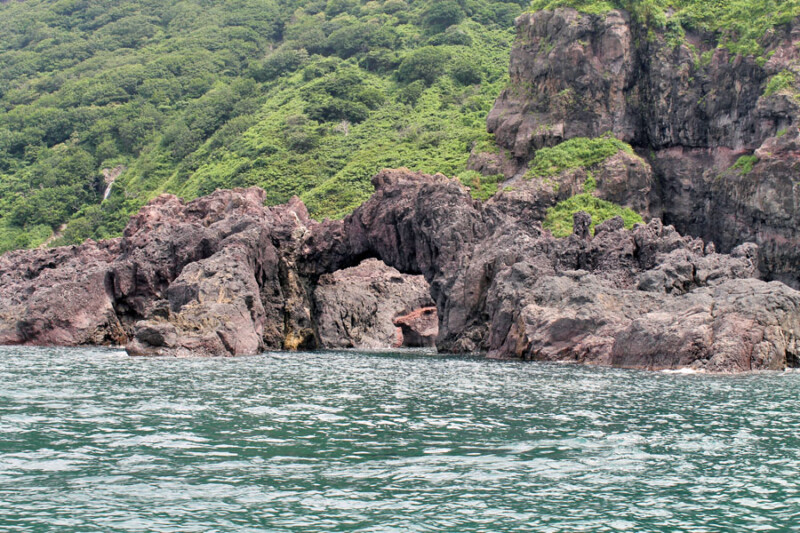
``Big Pier'' is a stone bridge that has been eroded by waves over a long period of time, making it possible to pass through the middle. It is 10 meters high, and even tourist boats can pass through it. Although it is now connected to land, there is a record that it was underwater in the early Edo period ("Oga-zu folding screen"/Akita Prefecture-designated cultural property). An Edo period traveller, who the "Five Winds of Oga" ("Autumn Wind of Oga", "Spring Wind of Oga", "Suzukaze of Oga", "Shimafu of Oga", "Cold Wind of Oga"). Masumi Sugae, who left behind him, also drew an illustration of the Great Pier (in Masumi Sugae's book, the Great Pier) in his book ``Oga no Shimakaze
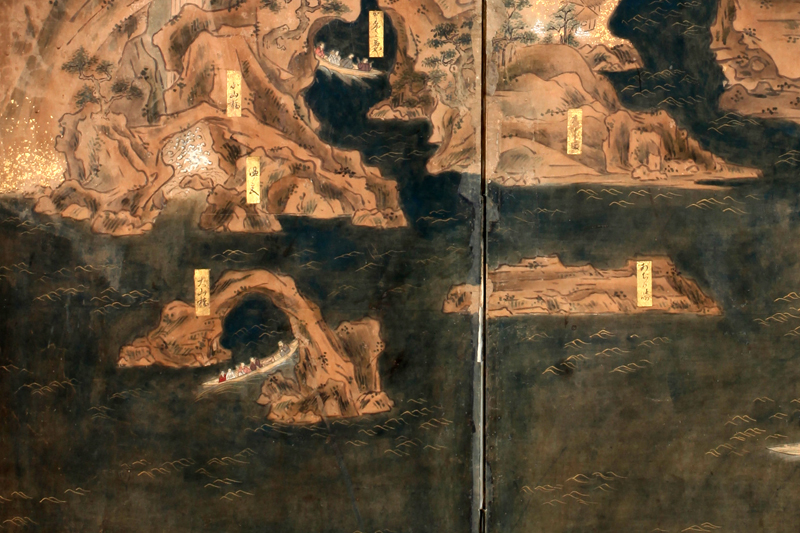
the "Great Pier" is a solidified basaltic scoria erupted from a volcano 36 to 29 million years ago, called the Monzen Formation.As the rock itself is fragile, it is thought that it was hollowed out by the erosion of waves. It is being Scoria is magma that cools down rapidly as it rises, causing the volatile components (mainly water) contained in it to vaporize all at once, erupting into sparse rock fragments containing many air bubbles. It is the same as pumice, but pumice is mostly andesite and white in color, while basaltic scoria is dark in color.
Stage Island is a stage in the sky where legend has it that a dance was performed to welcome Emperor Wu of Han Dynasty.
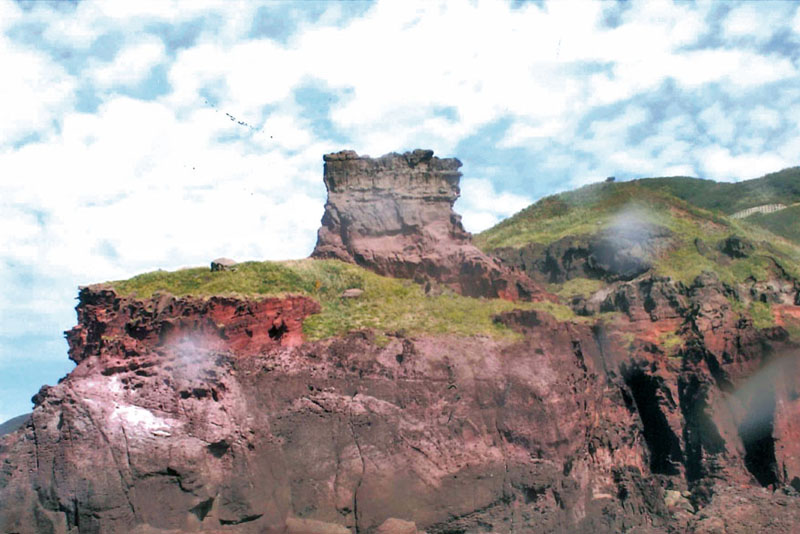
``Butaijima'' is not an island, but a huge rock that rises like a stage on a cliff connected to the land, and is 60 meters above sea level. The top is flat, and ``a long time ago, when Emperor Wu of the Han Dynasty descended on this land, a shrine maiden danced on it ,'' and it was already known as ``Stage Island'' in the Edo period. It was called. When you look at Stage Island from a pleasure boat, it looks like a stage floating in the sky.
``Butaijima'' is made of the basalt scoria When rocks first existed in the sea, their heads were exposed above the sea, like islands. It was carved by waves and became flat, then raised and settled into its current shape. Stage Island took 36 million years to take its current form. Here is proof that the earth is alive.
A sightseeing boat that allows you to enjoy the strangely shaped rocks of the west coast from the sea.
Touring the strangely shaped rocks on the west coast, you can enjoy the spectacular views from the sea if you take the Oga Peninsula sightseeing boat West Coast Cruise from Monzen Fishing Port. the famous "Godzilla Rock", which is definitely recommended.
<Big Pier/Stage Island> INFORMATON
- Facility name: Oga Peninsula sightseeing boat
- Location: Funakawa Port, Oga City, Akita Prefecture, Motoyama Monzen Haragawa
- Phone number: 0185-38-2050
- Price: West Coast Cruise Adults 2,500 yen Children 1,250 yen
- Operation period: Please inquire (closed in winter)
- URL: Oga sightseeing boat
- access:
- Railway: Approximately 30 minutes by taxi from Oga Station on the JR Oga Line. Rental cars are available near Oga Station.
- Car: Approximately 70 minutes from Akita Expressway Showa Oga Peninsula IC
GOOGLE MAP
What did you think of the strangely shaped rocks on the west coast? The shapes created by the earth are artistic and truly interesting. In addition to the west coast of the Oga Peninsula, there are many other strangely shaped rocks and beau Ponts, such as Shiosezaki (Godzilla Rock) on the southern tip, Unozaki Beach (Akita's Uyuni Salt Lake) on the south coast, and Tateyamazaki (geologically important and known as "Green Tough"). There are a lot of them. There are also hot springs in the Nyudozaki area, and there are many other attractions such as the Namahage Museum and Oga Shinzan Denshokan, where you can see Namahage, and the delicious Yakinishi Cuisine. Would you like to travel slowly and leisurely?
Spots on the south coast are introduced in a separate section. Please refer to them as well.



![Shiosezaki, located on the southwest edge of the Oga Peninsula where Godzilla and Gamera are located, and Unozaki Coast, also known as "Uyuni Salt Lake in Akita" [Akita Prefecture] 73bbebd04848a90901F777717873BCC3D](https://jp.neft.asia/wp-content/uploads/2024/04/73bbebd04848a90901f77117873bcc3d-150x150.jpg)
![[Akita Prefecture/Oga Peninsula] Full of view points. Oga Peninsula, a magnificent park created by the earth 3D84CC3D4A133D89422D448F000C277B](https://jp.neft.asia/wp-content/uploads/2024/04/3d84cc3d4a133d89422d448f000c277b-150x150.jpg)
![[History of Hachirogata reclamation ③] Earth lower than sea level... The lifeline is water management [Ogata Village, Akita Prefecture] The southern drainage pump station almost blocks off the regulation pond (on the right) and the western waterway (on the left). The long waterway in the center is the central main drainage channel ©Oga Peninsula/Ogata Geopark](https://jp.neft.asia/wp-content/uploads/2024/07/WIA8xMbfFUTs8kQ1720954526_1720954532-150x150.jpg)
![Is Nama bald real? Traces of demons remaining throughout the Oga Peninsula - Oga Peninsula and the Legend of Demons (2) [Akita Prefecture] 1. Namahage Shiba Lighting Festival](https://jp.neft.asia/wp-content/uploads/2024/09/1076350e647a6476081bad8cd4fd6159-150x150.jpg)
![[Second Edition] Suga Masumi walked in Oga Peninsula - Interested in the strange rocks along the coast [Akita Prefecture] 1. Oga no Shimakaze-891-1. A copy of the Akita Prefectural Museum](https://jp.neft.asia/wp-content/uploads/2024/10/8dafd7ea0a7bd28f76a6f059db39c9de-150x150.jpg)
![Why do Nama balds take knives to tempt people - Oga Peninsula and the Legend of the Demon (1) [Akita Prefecture] New Year's Eve Event 001 @OGA City](https://jp.neft.asia/wp-content/uploads/2024/10/00bf8a32651033edd1191ba2d04c6f61-150x150.jpg)
![[Third] Sugae Masumi walked in the Oga Peninsula - Encountered a major earthquake [Akita Prefecture] 1. Oga's Cold Wind - Namahage Prefectural Expo](https://jp.neft.asia/wp-content/uploads/2024/10/7154afaf7fcdc00890442af025f9b4d1-150x150.jpg)
![Hot springs gush out in a place where there are no volcanoes! "Yuzawa Geopark" where you can see the mystery of the earth up close [Akita Prefecture] 4550228_m](https://jp.neft.asia/wp-content/uploads/2023/02/4550228_m-150x150.jpg)
